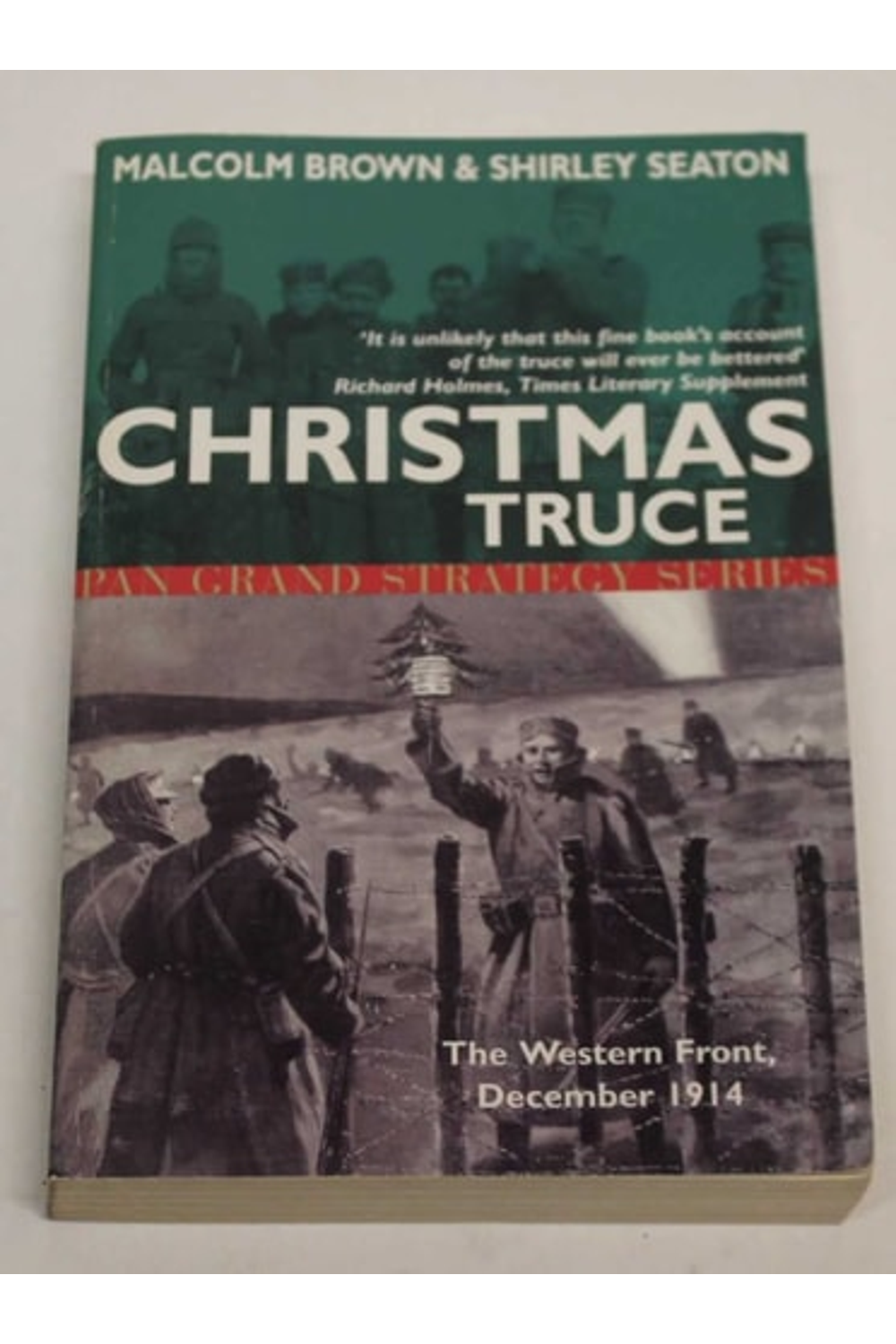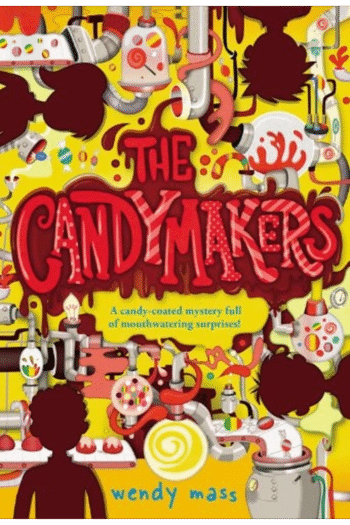Delve into the remarkable and often-suppressed history of the Christmas Truce of 1914 with this revised edition by Malcolm Brown and Shirley Seaton. “Christmas Truce: The Western Front, December 1914” (Pan Grand Strategy Series) unveils the extraordinary story of spontaneous ceasefires along the brutal Western Front. During the First World War, opposing British, French, Belgian, and German soldiers laid down their arms, venturing into No Man’s Land to exchange gifts, stories, and even engage in impromptu games of football. This wasn’t merely a localized event; the truce stretched across significant portions of the Allied lines. Brown and Seaton meticulously reconstruct these events using firsthand accounts and historical documents, offering a unique and moving perspective on the human cost of war and this amazing social phenomenon. This book highlights the power of shared humanity amid intense conflict. More than just a historical record, “Christmas Truce” presents an unparalleled glimpse into a moment of peace during one of history’s most violent periods. A must-read for World War I enthusiasts and anyone interested in understanding the complexities of war and the enduring human spirit.
Christmas Truce: The Western Front December 1914 (Pan Grand Strategy Series)
17,17 $
In stock
Description
During Christmas 1914, in a war already famous for its horror and brutality, enemy shook hands with enemy in No Man’s Land, exchanged souvenirs, even played football. The truce between the trenches extended over at least two-thirds of the British line and there were similar cease-fires in the French and Belgian sectors. In some areas the peaceable mood lingered well into 1915. Originally published in 1984, this book is one of the finest accounts ever assembled on one of the most overlooked stories of World War I.
Uncover the poignant and often overlooked story of humanity amidst the brutality of World War I with "Christmas Truce: The Western Front, December 1914" by Malcolm Brown and Shirley Seaton. This revised edition, part of the esteemed Pan Grand Strategy Series, delves into the extraordinary events of Christmas 1914, when, against all expectations, the guns fell silent along the Western Front. Imagine this: In the desolate, mud-soaked trenches, where death and destruction were the daily norm, British, French, Belgian, and German soldiers defied orders and extended gestures of peace. Enemy soldiers cautiously emerged from their fortifications, met in No Man's Land, and engaged in remarkable acts of camaraderie. They exchanged souvenirs buttons, cigarettes, and even helmets shared stories, and, most remarkably, in some areas, even played football together. This wasn't an isolated incident. The truce extended across at least two-thirds of the British line and was mirrored in sections held by French and Belgian troops. Brown and Seaton meticulously piece together this incredible episode, drawing upon firsthand accounts from letters, diaries, and official records, providing a compelling and moving narrative of spontaneous peace in a time of total war. Originally published in 1984, this book remains one of the definitive accounts of the Christmas Truce. The revised edition ensures the story is accessible to a new generation of readers eager to understand this extraordinary moment in history. Brown and Seaton don't shy away from exploring the complexities of the truce. They consider the motivations of the soldiers involved, the reactions of their superiors, and the long-term impact of this fleeting moment of peace. They also discuss how news of the truce was suppressed and sanitized by military authorities eager to maintain morale and continue the war effort. Malcolm Brown, a respected historian with a keen interest in the social history of warfare, brings his expertise to bear in analyzing the cultural context of the truce. Shirley Seaton's meticulous research and compelling writing style further enhance the book's readability and historical accuracy. Together, they craft a narrative that is both informative and deeply human. "Christmas Truce" is more than just a historical account; it's a testament to the enduring power of human connection, even in the face of unimaginable horror. It's a reminder that even in the darkest of times, hope and humanity can still prevail. This book offers a unique perspective on World War I, challenging readers to reconsider their understanding of the conflict and the men who fought in it. If you are looking for a different perspective on World War I, or if you are interested in social phenomenons during periods of conflict, this book will surely fill your need. Whether you're a seasoned historian or a casual reader interested in World War I history, "Christmas Truce" is a captivating and thought-provoking read that will stay with you long after you've turned the final page.
Additional information
| Authors | |
|---|---|
| Binding | |
| Condition | |
| ISBN-10 | 0330390651 |
| ISBN-13 | 9780330390651 |
| Language | |
| Pages | 278 |
| Publisher | |
| Year published | |
| Weight | 236 |
| Edition | Revised |
SKU: G-9780330390651-5
Categories: History, Military, World War I
Related products
Castle and Knight (Eye Wonder)
15,12 $L’limination… (French Edition)
14,79 $The Ancient Greek Olympics
17,15 $
- Additional information
- Currencies
- USD – United States dollar
- EUR – Euro
- GBP – Pound sterling
- CNY – Chinese yuan
- BRL – Brazilian real
- MXN – Mexican peso
- JPY – Japanese yen
- PHP – Philippine peso
- THB – Thai baht
- PLN – Polish złoty
- CAD – Canadian dollar
- MYR – Malaysian ringgit
- AUD – Australian dollar
- TWD – New Taiwan dollar
- CZK – Czech koruna
- SEK – Swedish krona
- HUF – Hungarian forint
- ILS – Israeli new shekel
- CHF – Swiss franc
- HKD – Hong Kong dollar
- DKK – Danish krone
- SGD – Singapore dollar
- NOK – Norwegian krone
- NZD – New Zealand dollar





